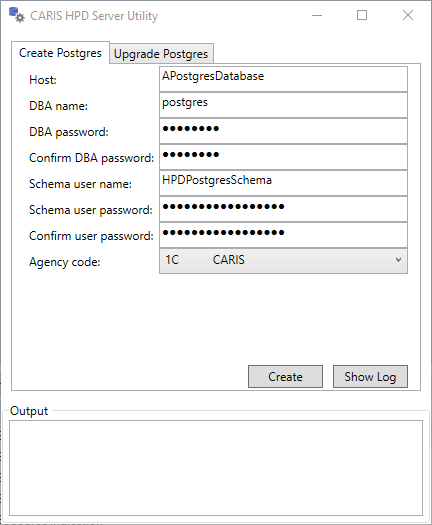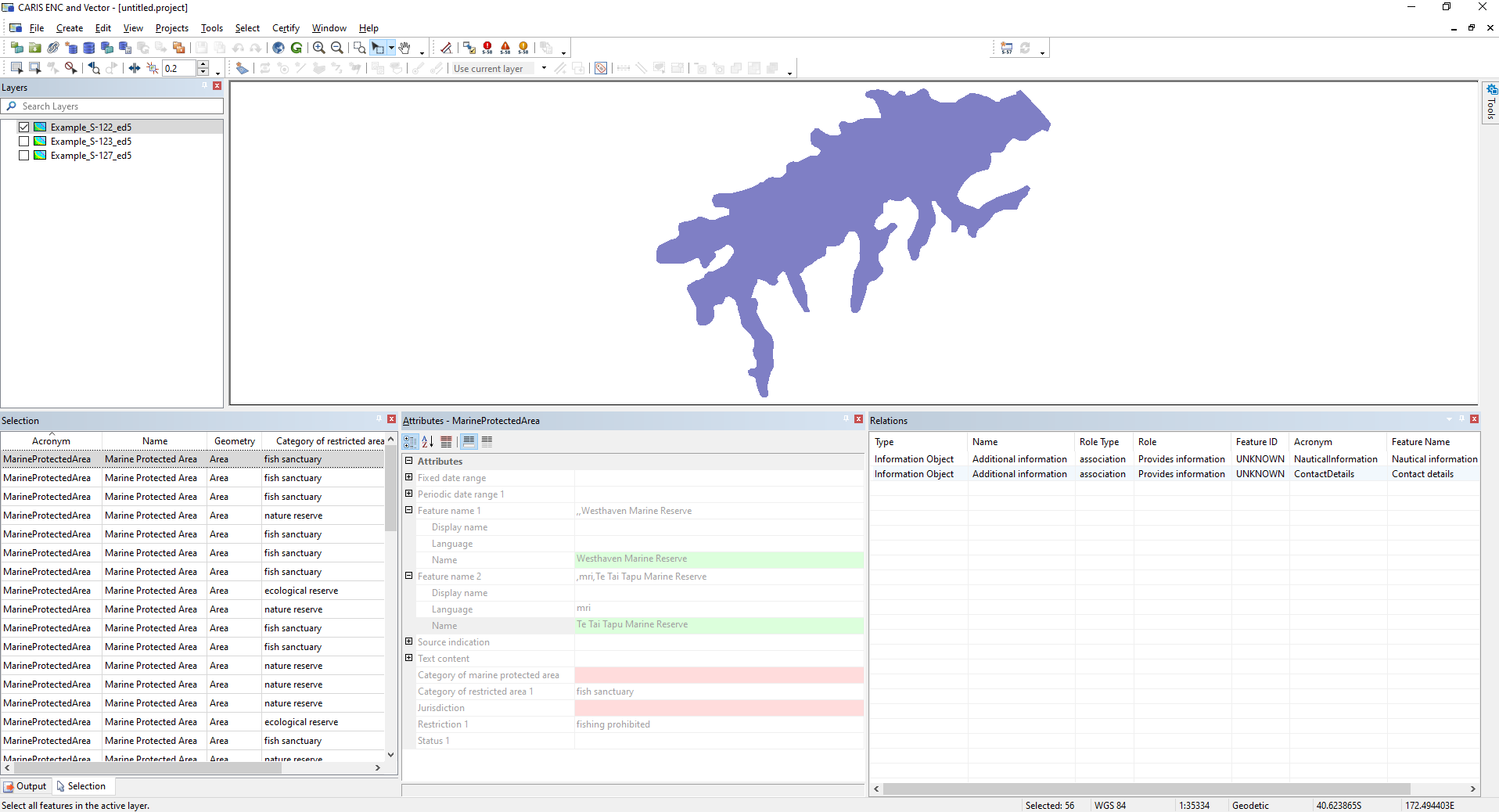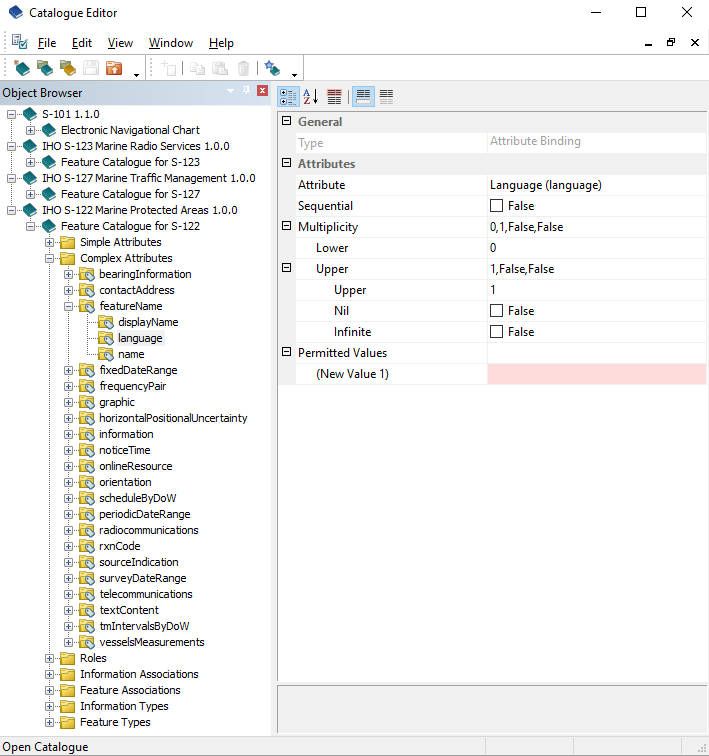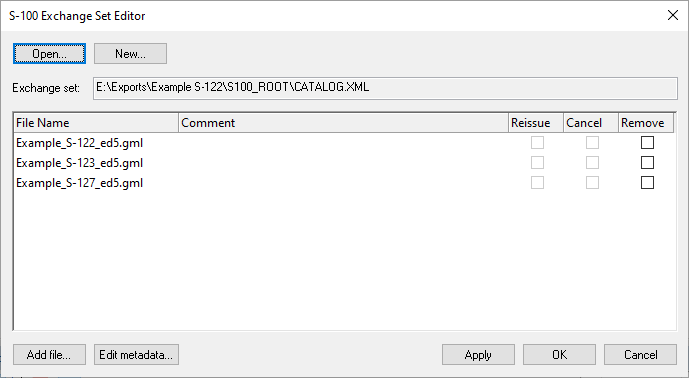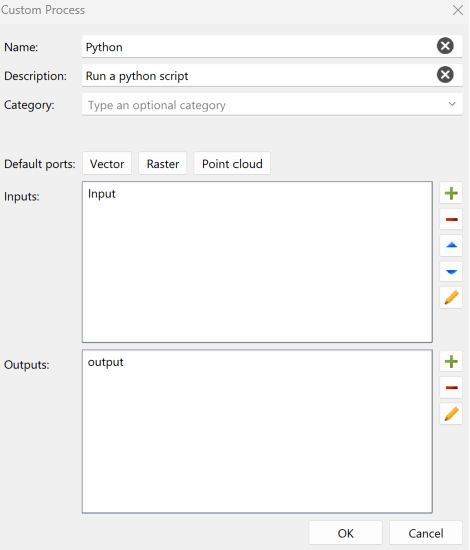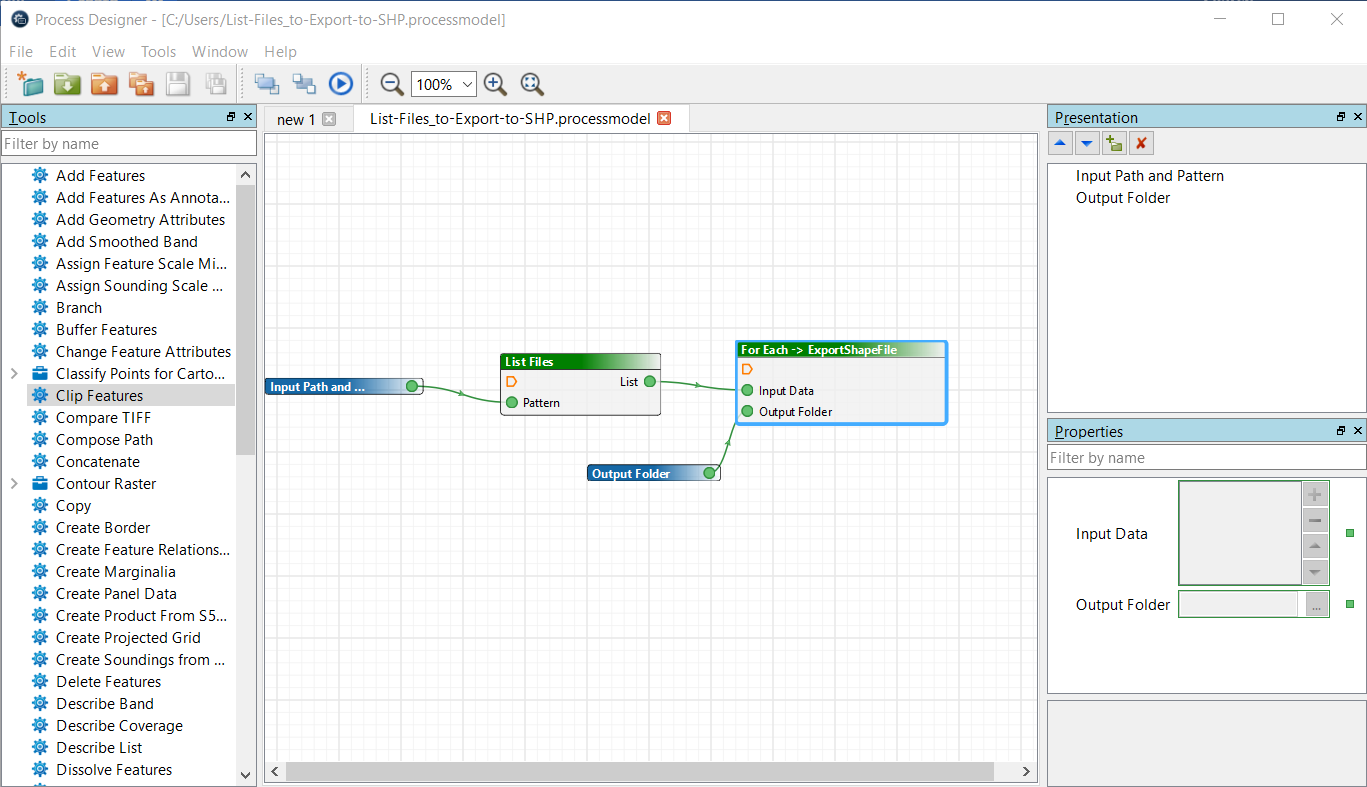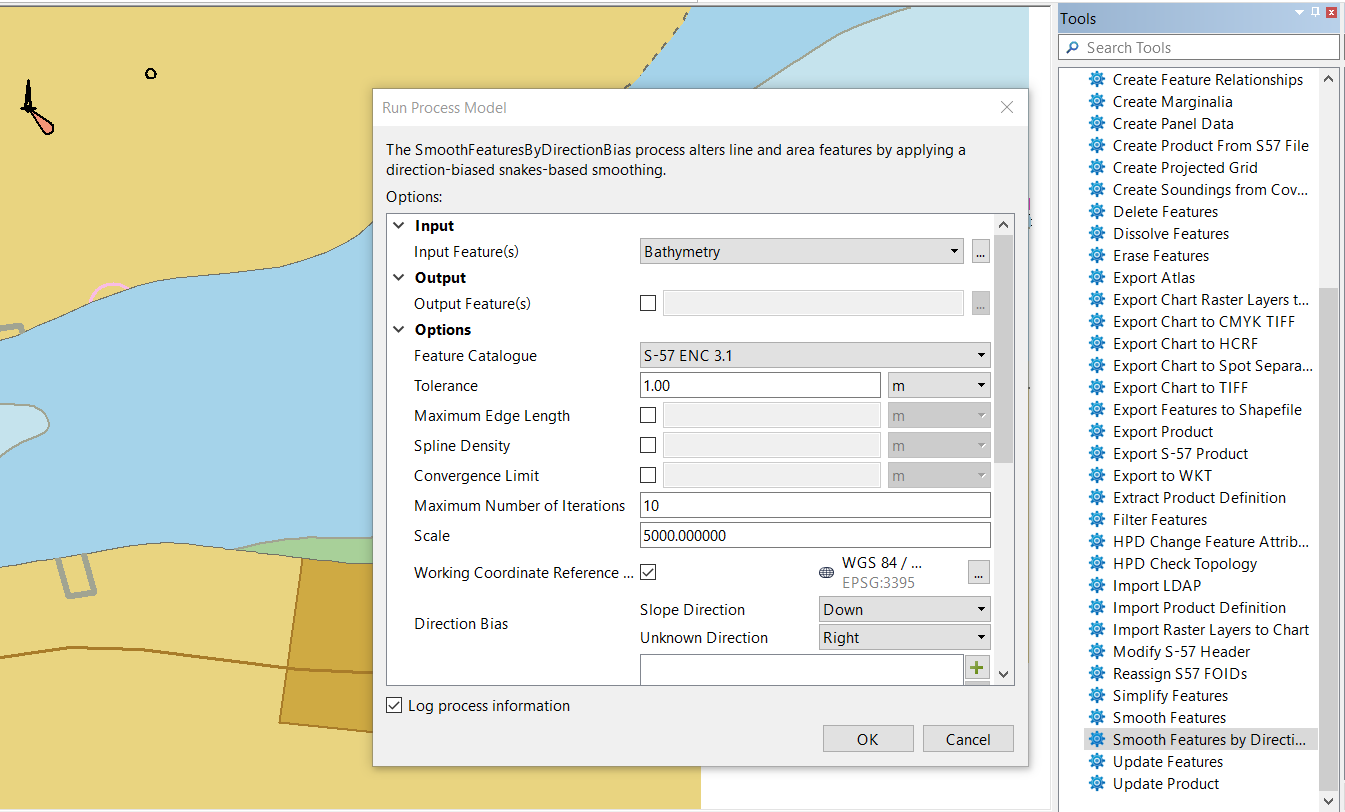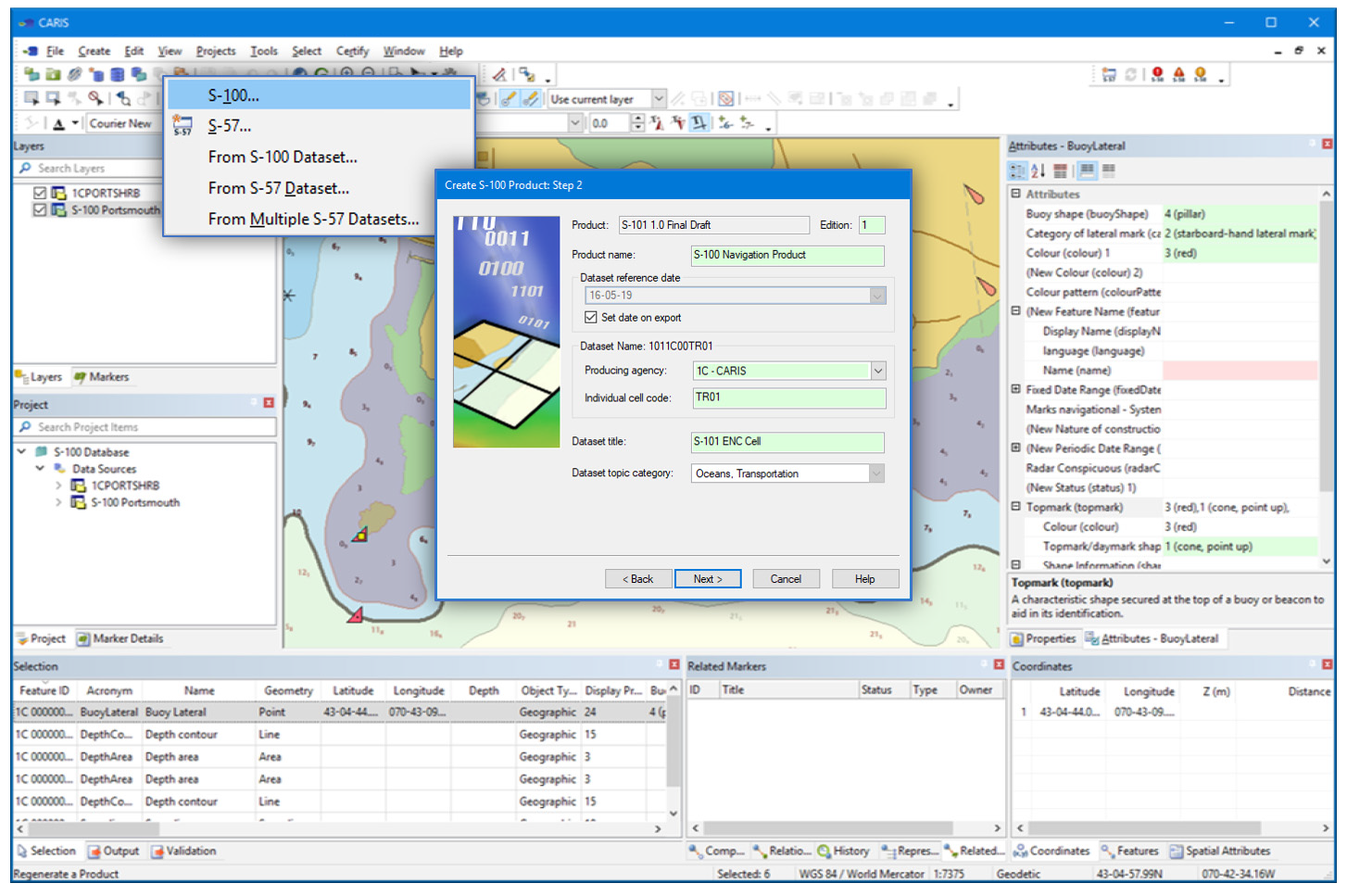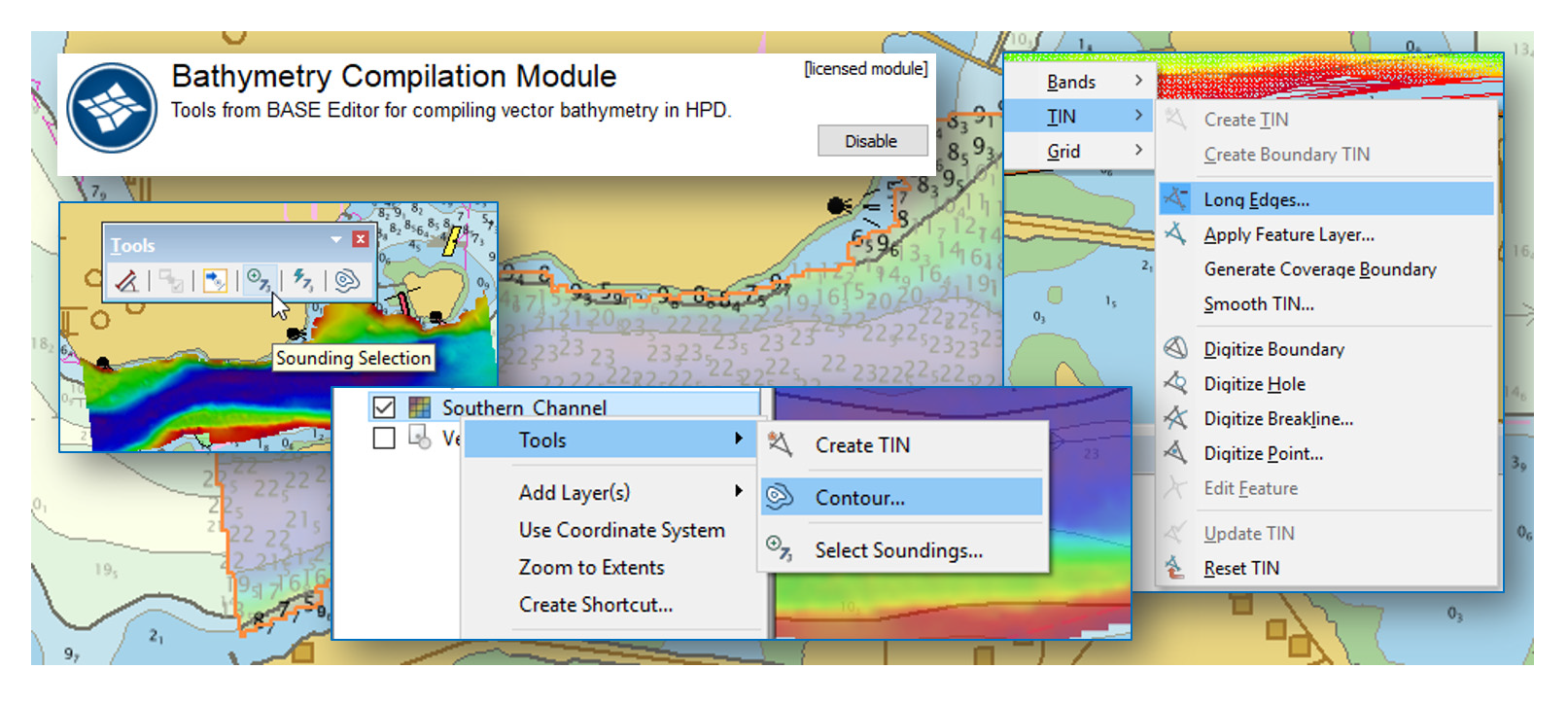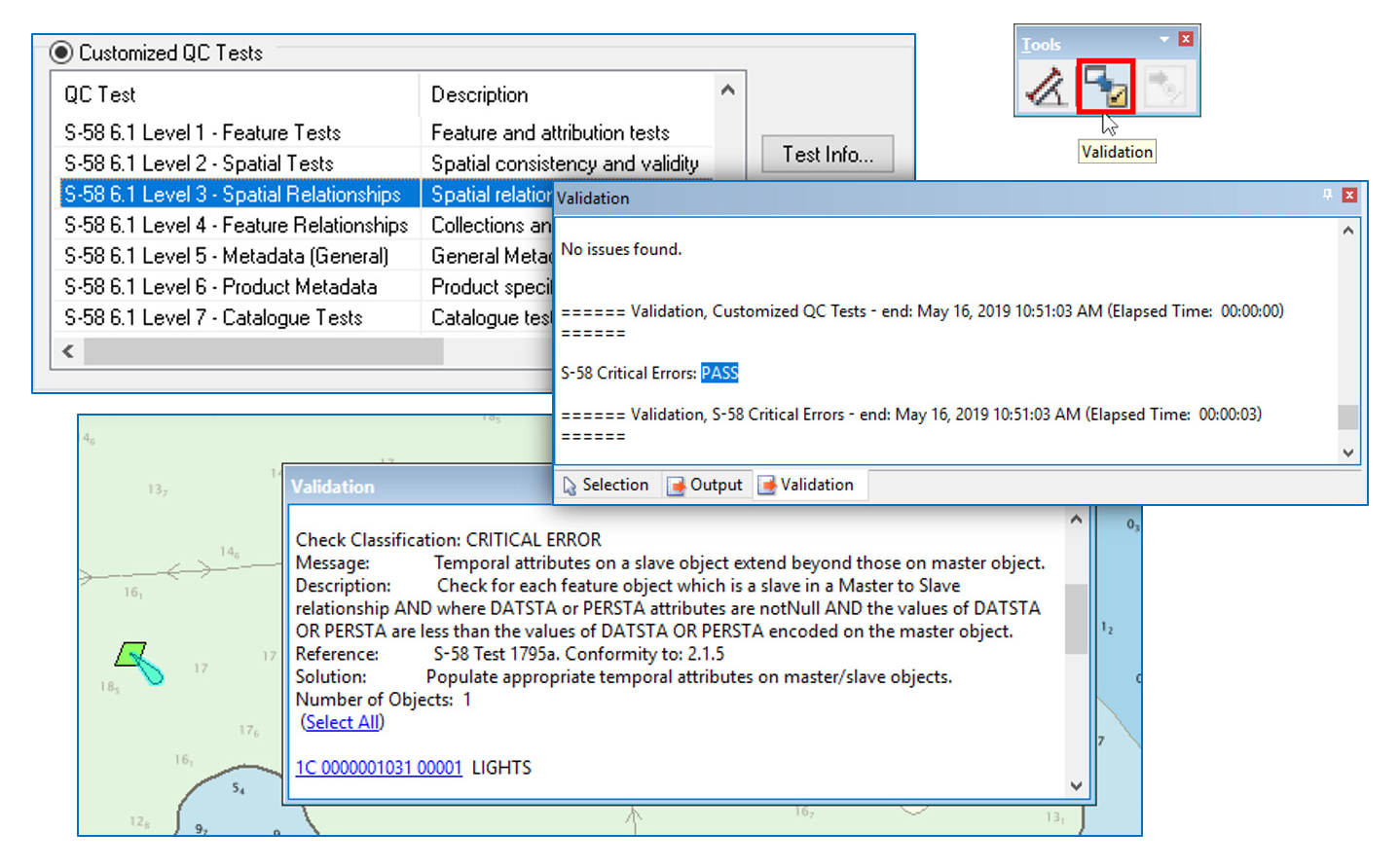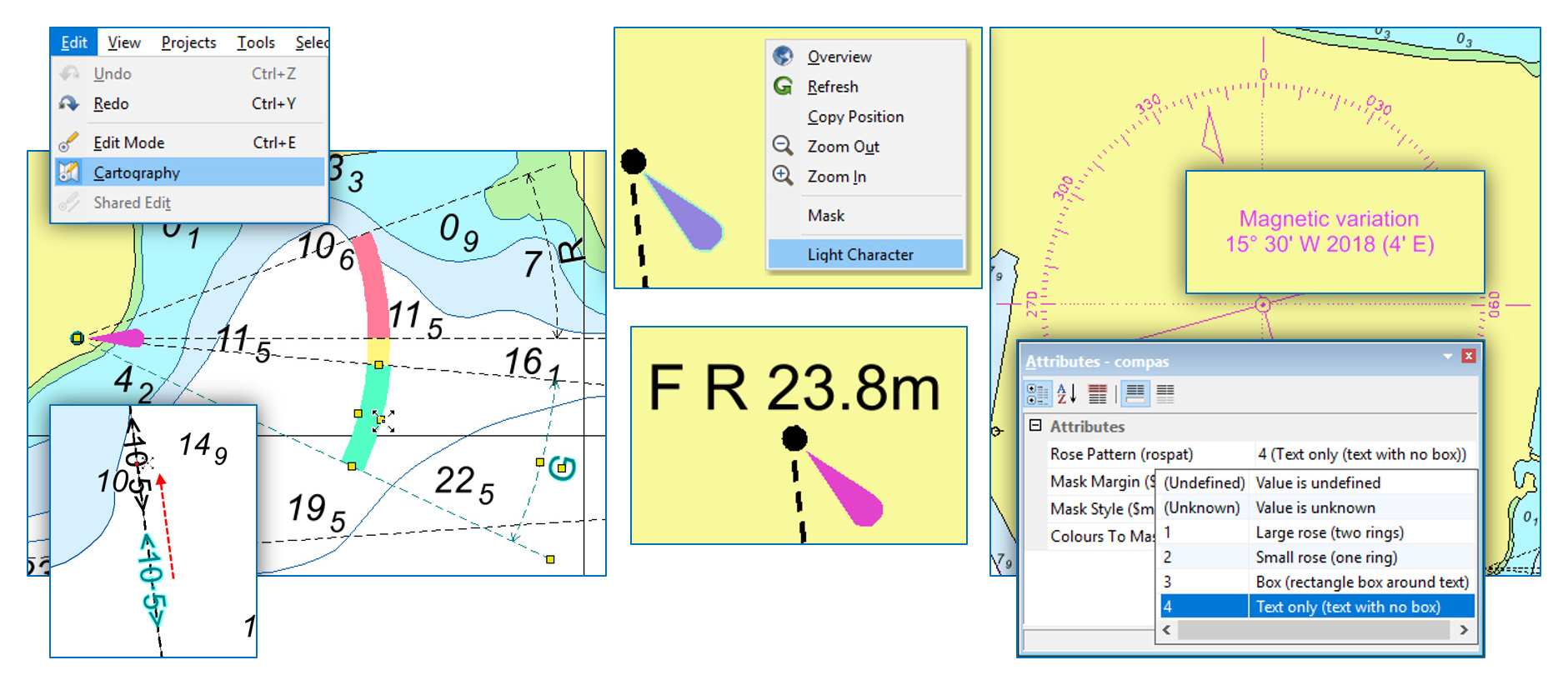Nov 01
2023
HPD Server for PostgreSQL
CARIS HPD 5.0 introduces support for the open-source PostgreSQL database as a lower-cost enterprise option.
- PostgreSQL 15 and PostGIS 3.3 and later versions are supported.
- CARIS Server Utility and CARISBatch can be used to create an HPD schema on a PostgreSQL database.
- An HPD Server for PostgreSQL licence is required to use PostgreSQL as a database.
*Note: HPD API views are supported with PostgreSQL, but other API calls are not.
Updated S-100 and S-101 Support
HPD 5,0 and S-100 Composer 5.0 includes support for S-100 Edition 5, and support for production of S-101 Edition 1.1.0 ENCs. In addition, has HPD 5.0 and S-100 Composer 5.0 been tested with various S-100 product specifications, including S-122 Marine Protected Areas, S-123 Marine Radio Services, S-127 Marine Traffic Management, S-401 Inland ENC. System files, such as feature catalogues, as not installed with the software, but can be requested by contacting the CARIS Customer Service Team.
New S-100 Catalogue Editor
The new S-100 Catalogue Editor allows for editing and validation of existing S-100 feature catalogues and creation of new ones.
Feature and attributes can be added, edited and removed from feature catalogues, associations can be defined, etc., now with support for S-100 feature catalogues, to be used in CARIS and for other platforms supporting S-100 feature catalogues.
New S-100 Exchange Set Editor
S-100 Exchange Set Editor can be used to package S-100 datasets ready for distribution.
Files can be added and removed from S-100 exchange sets, with support for S-101 exchange sets as well as support for other product S-100 product specifications, including those using the GML file format.
Automation Enhancements
To integrate with third party solutions or to include their own business logic, users can now create custom processes written in python script. These processes can be used within CARIS Process Designer to add flexibility in process model design. Additionally, CARISbatch can now launch process models. With the combination of these different functionalities enhanced CARIS automation tools, it is now possible to execute automated workflows across CARIS applications.
Log generation is supported when scripted processes are run.
These different tools allow users to use a single application as a hub for their automation launch.
Python Support
Python scripting is a flexible way to put HPD to work in automation workflows, and now, users can enjoy support for version 3.9, 3.10 and 3.11. Updating to new versions of Python help safeguard IT infrastructure, so join CARIS in upgrading today.
Jun 26
2020
Process Designer integration
The integration of the Process Designer to HPD introduces new capabilities for automation, efficiency and usability. Users can now create customized workflows tailored for their needs to save, share, and execute automatically. This addition offers users end-to-end control of processing through automation, thus minimizing the chance of erroneous steps and maximizing time management.
Searchable access to all HPD automated processes
A new use for the existing Process Designer Tools window came about during the 2019 CARIS Hackathon. Using a clever twist on a current procedure, we can help our users move quickly from task to task after porting the searchable Tools list into the main application. Adding the Tools window to your display gives you direct access to a list of all available HPD processes. Simply select a tool from the window or begin typing in the search field to plan your next move. Double click on the process name and you can immediately configure your options.
Do more with automated feature mappings
HPD supports applying sequentially multiple mapping rules when populating and updating HPD products with source data. This means you can automate part of your production workflow by executing mapping rules to filter out features, set attribute values, mask edges or create new features when populating HPD products and running the command Compare Product/Panel to Source.
Jul 03
2019
Single source S-101 and S-57 ENCs
 HPD now offers concurrent production of S-101 and S-57 ENCs from the same HPD S-100 source database thus eliminating duplication and benefiting from the richer S-100 data model. Interoperability between S-57 and S-100 products is provided by user-customizable mapping files that can automatically convert features between the two standards.
HPD now offers concurrent production of S-101 and S-57 ENCs from the same HPD S-100 source database thus eliminating duplication and benefiting from the richer S-100 data model. Interoperability between S-57 and S-100 products is provided by user-customizable mapping files that can automatically convert features between the two standards.
Connect to Bathy DataBASE
 BASE Editor's industry leading bathymetry compilation toolkit is now accessible from within CARIS HPD Editors. New optional add-on licensed modules for BDB Server Connection and Bathymetry Compilation provide HPD users with access to features and coverages stored in a BDB Server database as well as a subset of tools from BASE Editor to support vector bathymetric feature compilation. This provides access to additional bathymetry-related tools directly from with HPD Editors. It also includes the ability to generate and process safe side contours, perform sounding selections, smooth bands and more.
BASE Editor's industry leading bathymetry compilation toolkit is now accessible from within CARIS HPD Editors. New optional add-on licensed modules for BDB Server Connection and Bathymetry Compilation provide HPD users with access to features and coverages stored in a BDB Server database as well as a subset of tools from BASE Editor to support vector bathymetric feature compilation. This provides access to additional bathymetry-related tools directly from with HPD Editors. It also includes the ability to generate and process safe side contours, perform sounding selections, smooth bands and more.
IHO S-58 Edition 6.1 Validation
 HPD validation tools for S-57 ENC Production have been upgraded to support the latest IHO S-58 Edition 6.1.0 ENC Validation Standard (Sept 2018). This allows producers to be assured that their ENC products pass the new Minimum ENC Validation Checks directly increasing the confidence, reliability and consistency that mariners can place in these products.
HPD validation tools for S-57 ENC Production have been upgraded to support the latest IHO S-58 Edition 6.1.0 ENC Validation Standard (Sept 2018). This allows producers to be assured that their ENC products pass the new Minimum ENC Validation Checks directly increasing the confidence, reliability and consistency that mariners can place in these products.
Enhanced Portrayal Option
 HPD 4.0.0 includes new automated cartography techniques. These techniques allow building more elaborate portrayal rules with a wider access to contextual information thus reducing the need for manual edits in the paper chart.
HPD 4.0.0 includes new automated cartography techniques. These techniques allow building more elaborate portrayal rules with a wider access to contextual information thus reducing the need for manual edits in the paper chart.
Managing Temporary Features
 New functionality has been added to support temporary and preliminary Notices to Mariner-type changes in Electronic Navigational Chart (ENC) production. These features support changes such as temporarily repositioning a navigation buoy, or cases when a light is temporarily extinguished. Any ENC product created and exported within these dates will show the feature with its temporarily updated information.
New functionality has been added to support temporary and preliminary Notices to Mariner-type changes in Electronic Navigational Chart (ENC) production. These features support changes such as temporarily repositioning a navigation buoy, or cases when a light is temporarily extinguished. Any ENC product created and exported within these dates will show the feature with its temporarily updated information.
New Licensing Technology
HPD is following suit in incorporating our new licensing technology. This upgraded licensing is softkey based, so no physical dongles are required; a license Entitlement will be created for software activation.
Key benefits of this new technology include:
- Convenient and easy softkey activation
- The elimination of physical hardware removes the possibility of damage or loss
- No more need of a separate licensing tool
- Faster software purchase and setup
- Improved license usage transparency for network license users


